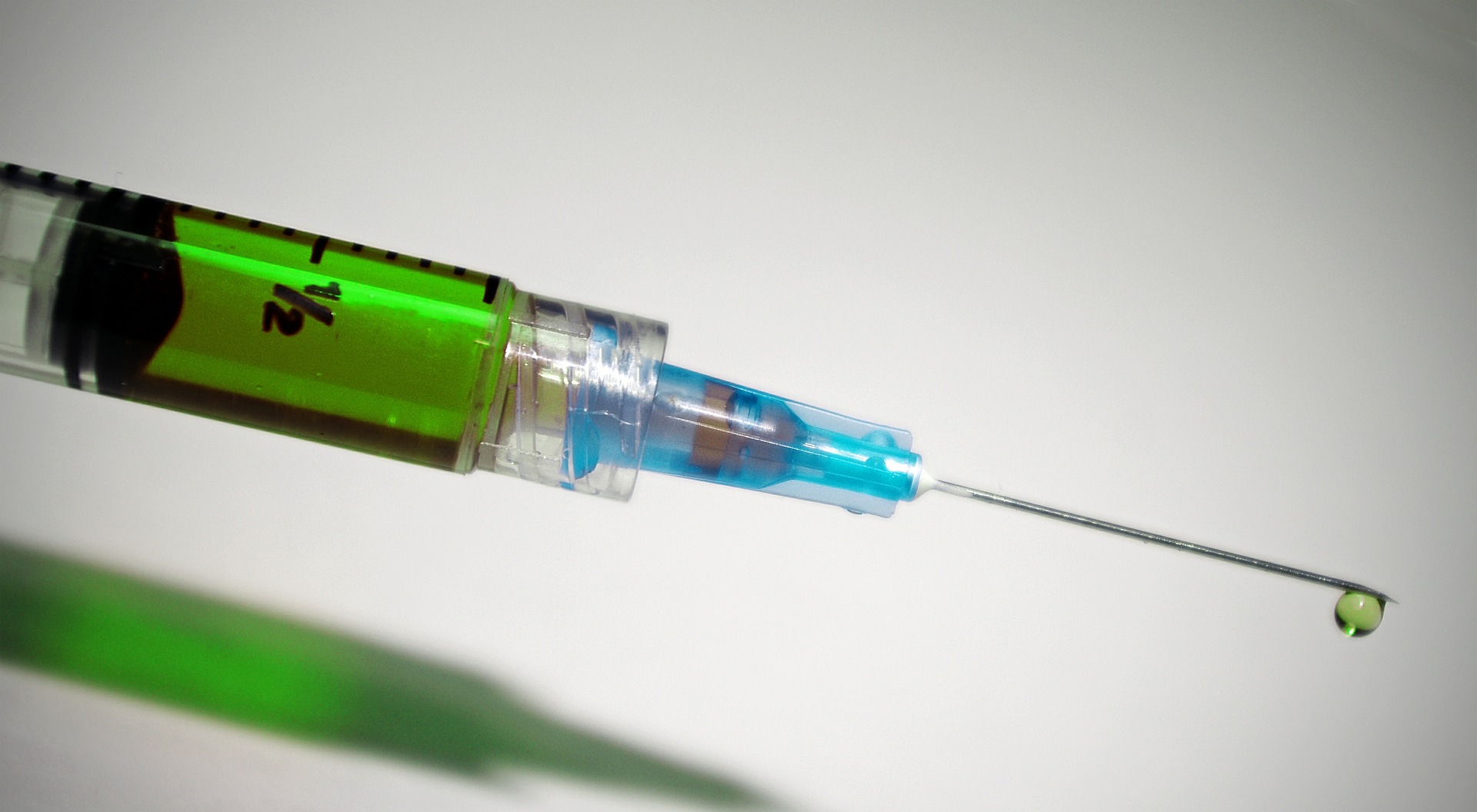
Researchers around the world are working to develop a COVID-19 vaccine, but when a vaccine is made available a large challenge will still exist: getting people vaccinated.
In the 2018-2019 influenza season the Center for Disease Control reported that 45.3% of adults and 62.6% of children in the United States received an influenza vaccine. In order to create herd immunity, the COVID-19 vaccination rates must be much higher.
Ruth L. Newhouse Associate Professor of Health Care Policy Anupam B. Jena, MD, PhD, and clinical and research fellow at Massachusetts General Hospital and Harvard Medical School Chris Worsham, MD, explain in The Washington Post that misinformation and fear are main causes of low vaccination numbers. But other challenges like lack of access and high prices also act as barriers. A study by the authors in the New England Journal of Medicine shows that children born in November are 13% more likely to receive influenza vaccines than children who are born in July. Those with fall birthdays receive their vaccines at their annual appointments, while children born in other parts of the year must go in for separate vaccination visits.
With all of these barriers, how can the U.S. ensure that enough people receive the COVID vaccine to create herd immunity? Jena and Worsham suggest bringing the vaccinations to the people through programs such as home visits by trained medical personnel. Public messaging and planning, such as creating “national vaccine days”, could be key in raising vaccine numbers. Importantly, the vaccines should be available at no cost, ensuring no one is denied a vaccine because of affordability concerns.